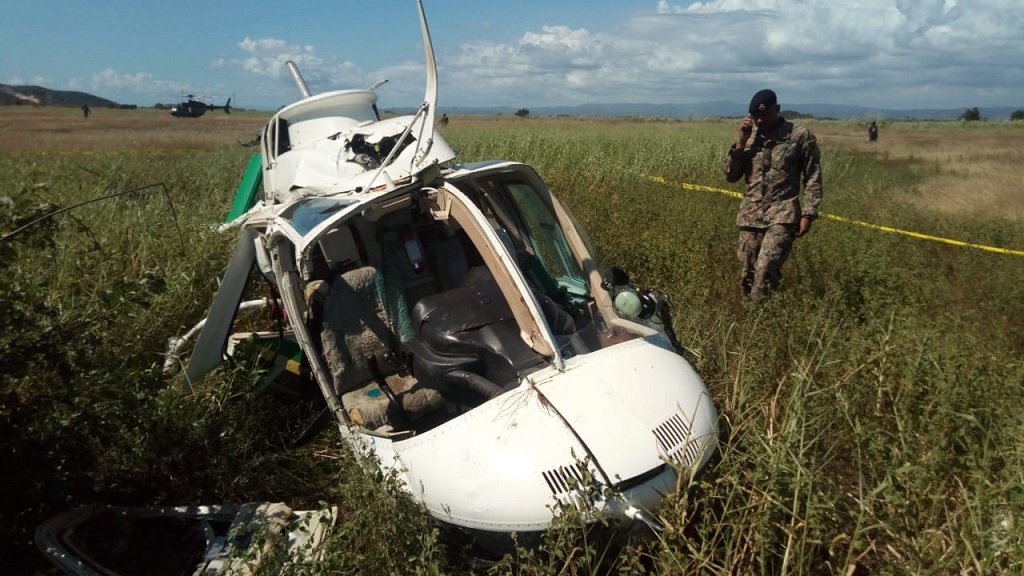

After colliding, Perez said the driver of the motorcycle flew off his bike and hit the Sea World 151 sign and both of his legs were severed off. Patrolman Ricardo Perez said the 22-year-old male driver of a motorcycle collided with a grey Ford pickup truck that was making a turnaround on Loop 1604. at West Loop 1604 South and Wiseman Road. John Davenport/San Antonio Express-News Show More Show Less 2 of17 San Antonio police and fire personnel work Thursday Septemat the scene of an accident involving a motorcycle and a pickup truck at about 2:15 p.m. The injured man was transported from the scene by an Air Life helicopter and is in critical condition. A police officer on his way to work was the first on the scene and applied a tourniquet. The CTA updated its rule book and conducted a large safety study on distracted driving and train accidents.Īnd finally, the CTA clarified its rules on red lights on the tracks: Red always means wait.Įlizabeth Greiwe edits the Tribune's Voice of the People.1 of17 San Antonio police and fire personnel work Thursday Septemat the scene of an accident involving a motorcycle and a pickup truck at about 2:15 p.m. Train operators with moving violations were required to be retested and retrained. Barriers were built along the "L" tracks' sharpest curves to prevent trains from falling off the tracks in a derailment. Something tangible did come out of the disaster: The CTA implemented a few lasting changes to its safety procedures. Jim Thompson vehemently opposed the expressway, and in the end, the Carter administration didn't have enough money to support both billion-dollar projects. He wanted help funding the new subway and the Crosstown Expressway - not one or the other. The White House had offered Bilandic $400 million in January to build the Franklin Street subway, but Bilandic turned down the money. President Jimmy Carter offered "help and assistance and all the resources of the office of the president," and Bilandic hoped to marshal potential federal funds into two pet transportation projects: a subway under Franklin Street and the Crosstown Expressway, which would have connected parts of the Kennedy, Edens and Stevenson expressways.īilandic flew to Washington to meet with Carter, but nothing came of it. In the wake of the crash, there were calls for reforms to the aging "L" system.

Three months after that, the NTSB officially blamed him for the accident. Instead, Martin testified that he thought the red light meant to slow down to 15 mph, so he continued along the tracks at 10 mph and wasn't able to apply the brakes in time to prevent the crash. That red light should have persuaded Martin to stop and wait for the light to change to yellow or green before accelerating again.

During NTSB hearings about the crash, Martin admitted he saw a red flashing light in his cab right before he came around the curve and hit the end of another train. What happened was much more mundane: human error. Investigators originally thought Martin might have been high while he was operating the train - two police officers had found four hand-rolled "cigarets" supposedly containing marijuana in his bag at the crash site - but toxicology reports showed that Martin wasn't under the influence of alcohol, narcotics or marijuana at the time. An investigation by the NTSB found that during his eight years as a CTA employee, Martin had a long record of rule violations, including another derailment three years earlier. Martin, was badly injured and spent weeks recovering in Northwestern Memorial Hospital. It took months for the CTA and the National Transportation Safety Board to nail down the ultimate cause of the crash. And four days after the crash, the Ferbraches were buried in Brookfield.

Train service resumed at 6:02 the following morning. The hospitals had learned a valuable lesson in disaster planning a year earlier when 310 passengers were injured after another Chicago rapid-transit crash. They worked with an orderly flow for two hours straight, shuffling, sorting and shipping off those they could help. When rescue workers arrived on the scene, they moved quickly to get the injured to one of nine hospitals in the city.


 0 kommentar(er)
0 kommentar(er)
